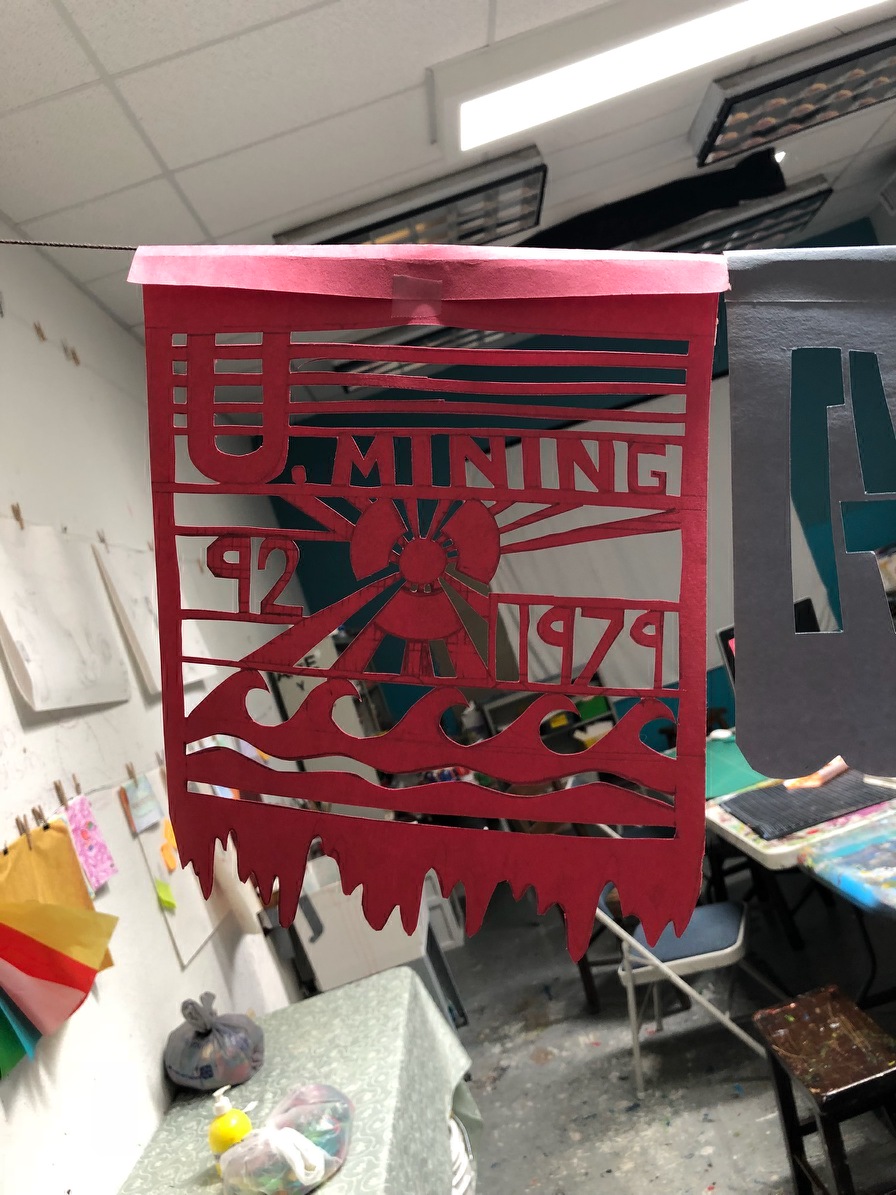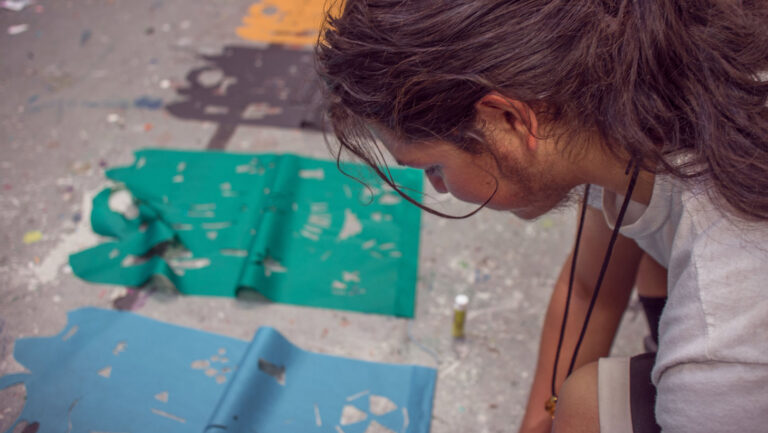Found Objects: A Thirst For Justice
A Thirst For Justice Opens At Three Sisters Kitchen


Artists created papel picado about water issues in A Thirst for Justice.
Courtesy of Working Classroom








